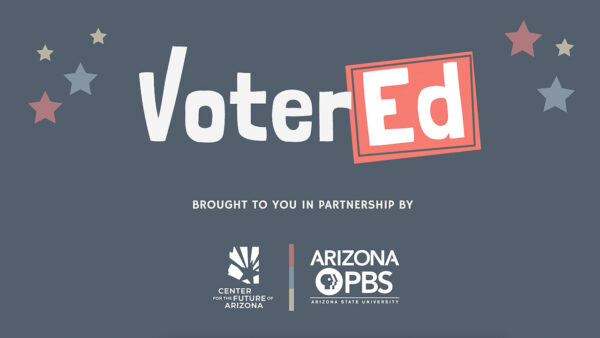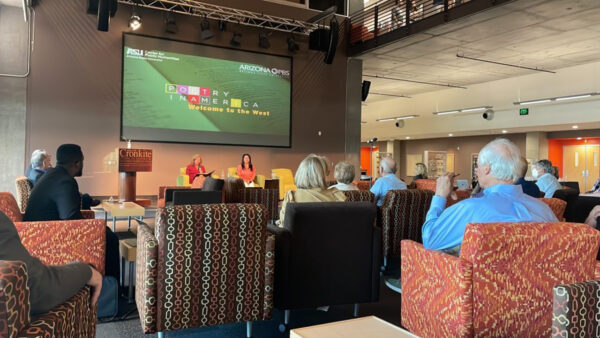American Experience “Triangle Fire”
Feb. 28, 2011
On March 25 th , 1911, a deadly fire broke out in the Triangle Shirtwaist Factory in New York's Greenwich Village. The blaze ripped through the congested loft as petrified workers — mostly young immigrant women — desperately tried to make their way downstairs. One door was blocked by fire and the other had been locked by the factory owners to prevent theft. Some workers managed to cram onto the elevator while others ran down an inadequate fire escape which soon pulled away from the masonry and sent them to their deaths. Hundreds of horrified onlookers arrived just in time to see young men and women jumping from the windows, framed by flames. By the time the fire burned itself out, 146 people were dead. All but 23 of the dead were women and nearly half were teenagers. Triangle Fire , the harrowing story of an event that changed labor laws forever, is directed and produced by Jamila Wignot ( Walt Whitman, The Rehnquist Revolution ), narrated by Michael Murphy and will premiere on American Experience on Monday, Feb. 28, 2011 at 9 p.m. on Eight, Arizona PBS.
The workers in the Triangle Shirtwaist Factory were among the more than 100,000 New Yorkers who toiled in the city's garment factories at the time. They came from countries like Italy, Russia, and Poland for America's promise of a better future and, all around them, they saw the riches promised by the American Dream. New York was at the peak of its Gilded Age and the Triangle Shirtwaist Factory was just a short stroll from the limestone mansions of millionaires and the elegant shops of the famed Ladies Mile. Two men who had achieved the dream were the wealthy owners of the thriving Triangle factory, Isaac Harris and Max Blanck, tailors who had arrived from the shtetls of Eastern Europe only twenty years earlier.
The dream seemed a long way off for the young workers at the factory who worked 14 hour days for two dollars a day. Less than three years before the deadly fire, New York's garment workers had begun agitating for shorter hours, better pay, safer shops and unions. To the horror of Harris and Blanck, the young women of the Triangle factory joined the crusade and called for a strike, becoming leaders in what was then the largest single work stoppage in the city's history. Within 48 hours, 70 of the smallest factories gave in to their workers' demands but the Triangle bosses organized other owners and refused to surrender, paying prostitutes and police to beat the strikers. Their terrible treatment brought the women an unexpected ally. Anne Morgan, the daughter of J.P. Morgan, and many of her powerful suffragist friends — the so-called “mink brigade” — took up their cause and the press and public began to rally to the plight of the brave young seamstresses.
Realizing they had no choice but to negotiate, the Triangle owners finally agreed to higher wages and shorter hours. But they drew the line at a union. Back on the job, the Triangle workers still lacked real power to improve the worst conditions of the factory floor: inadequate ventilation, lack of safety precautions and fire drills — and locked doors. It took the tragedy of the fire and the ensuing public outrage to force government action. The landmark legislation that followed gave New Yorkers the most comprehensive workplace safety laws in the country and became a model for the nation.
About the Participants
Annelise Orleck is a Professor of History at Dartmouth and the author of Common Sense and a Little Fire: Working Class Women's Activism in the 20th Century U.S.
Richard A. Greenwald is a Professor of History at Drew University and the author of The Triangle Fire, the Protocols of Peace and Industrial Democracy in Progressive Era New York .
Jo Ann E. Argersinger is a professor of history at Southern Illinois University and the author of The Triangle Fire.
David Von Drehle is Editor-at-Large at Time Magazine and author of TRIANGLE: The Fire That Changed America.
Robyn Muncy is an Associate Professor of History at the University of Maryland and the author of Creating a Female Dominion in American Reform, 1890-1935 .
Steve Fraser is a historian, writer, and editor. His first book, Labor Will Rule: Sidney Hillman and the Rise of American Labor won the Phillip Taft Prize for the best book in labor history.
Alfred Allan Lewis is the author of Ladies and Not-so-Gentle Women .
Thomas Bender is a Professor of History at New York University.
)






















